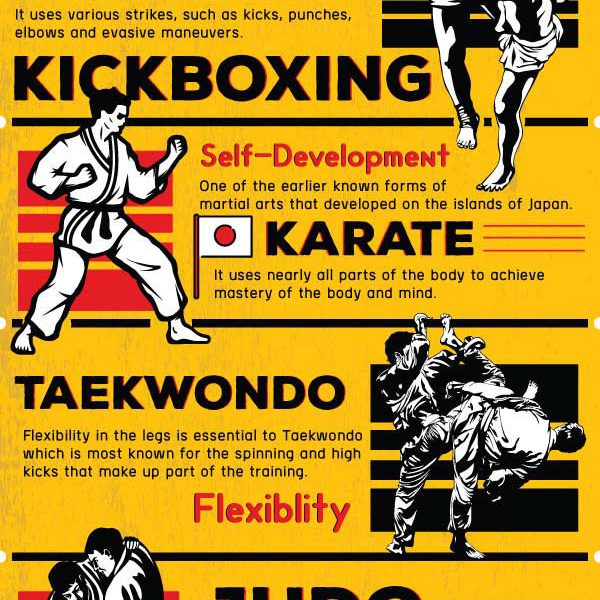Flexibility Is Crucial In Martial Arts Education
Flexibility Is Crucial In Martial Arts Education
Blog Article
Web Content Develop By-Hyllested Flores
Did you understand that versatility plays a vital duty in fighting styles training?
As a matter of fact, a study carried out by the International Journal of Sports Physical Therapy revealed that over 80% of martial artists deal with limited flexibility.
Yet why is flexibility so vital? Well, it not just enhances your performance and strategy but likewise reduces the danger of injuries.
So, if you're aiming to take your fighting styles skills to the next level and remain injury-free, you'll absolutely want to keep analysis.
Advantages of Versatility in Fighting Style
Adaptability in martial arts brings countless advantages to experts, allowing you to improve your efficiency and reduce the danger of injury. By boosting your versatility, you raise your range of activity, enabling you to carry out techniques with greater precision and performance.
This boosted agility and fluidness in your movements can offer you an one-upmanship, permitting you to react quicker and adjust to different scenarios during sparring or competitions. In addition, enhanced flexibility helps to prevent injuries by improving muscle flexibility and joint mobility.
It allows your body to move extra openly, lowering the pressure on your muscles and tendons. This, in turn, lessens the chances of sprains, pressures, and muscle mass pulls. By incorporating flexibility training right into your fighting styles practice, you not only boost your efficiency however additionally safeguard your physical wellness.
Techniques to Boost Versatility
To boost your flexibility in martial arts, you can incorporate different extending workouts into your training regimen.
One effective strategy is dynamic extending, which involves relocating through a full variety of activity to warm up your muscle mass and boost flexibility. Examples consist of leg swings, arm circles, and trunk rotations.
Another strategy is fixed stretching, where you hold a stretch for a sustained amount of time. https://www.franchisetimes.com/franchise_news/second-lawsuit-alleges-massive-fraud-at-premier-martial-arts-as-recorded-call-surfaces/article_7f83acf0-f97b-11ed-91f2-f79d79a06110.html aids lengthen and unwind your muscles, enhancing versatility over time. Common static stretches for fighting styles consist of the butterfly stretch, hamstring stretch, and shoulder stretch.
Additionally, including yoga exercise or Pilates right into your training can likewise greatly enhance your adaptability.
Remember to constantly heat up prior to stretching and listen to your body to prevent injury.
Flexibility Educating for All Ability Degrees
As you advance in your martial arts training, improving your flexibility ends up being vital for boosting your overall efficiency. Flexibility training isn't just valuable for advanced specialists yet also for newbies and intermediate students.
Despite your skill degree, incorporating adaptability exercises right into your training routine will help you create a large range of movement, protect against injuries, and improve your strategy implementation.
For beginners, flexibility training can help enhance your form and stance, enabling you to do activities properly and successfully. Intermediate practitioners can use flexibility training to more boost their variety of activity and improve their fluidity in performing facility strategies. Advanced pupils can benefit from versatility training by maintaining and refining their existing flexibility, allowing them to carry out sophisticated relocations easily.
Final thought
Finally, accepting versatility in your fighting styles training is vital. By including methods to boost flexibility, you can enhance your performance and prevent injuries.
Bear in mind, 'A versatile body is a resistant body.' So, keep pressing jiu jitsu for beginner adults , extending routinely, and reap the benefits of a flexible and nimble body.
